Basic rules for competent planting of fruit trees
Planting fruit trees is usually an integral part of decorating the area around a country house, even for people far from gardening. As for vegetable gardens, a rare allotment does without an apple or cherry. Some of them invite specialists to lay a garden, but if you wish, you can do it on your own.
Optimal timing
In theory, planting seedlings is possible at any time of the summer cottage season. If everything is done correctly, then the tree will take root and begin to grow. But in order to reduce the risks of death, in order to avoid a long illness, it is advisable to adhere to the generally accepted landing dates: early spring and autumn.
The basic principle is to carry out all the manipulations during the absence of active vegetation, when the seedling is still in hibernation or preparing for it. In spring, planting is done before the buds swell (when the "green cone" has not yet appeared). In autumn, you should wait for the leaves to fall.
Spring planting is recommended for the northern regions, because in a short autumn the root system of a young tree will not have time to “grab” the soil, which often becomes the cause of freezing. Apricot, sweet cherry and peach take root better precisely during spring planting (until mid-April), regardless of geographic location.
In southern arid regions, fruit trees are preferable to plant in autumn (October, November). The long rainy off-season gives them the opportunity to root well, and the seedlings survive the winter safely.
Principles of placing seedlings on the site
When choosing seedlings of fruit trees, you should have a good idea of the scheme of their placement. It is possible to plant a whole collection in a limited area, but after 3-5 years the garden will be in disarray - the trees will begin to interfere with each other, diseases will actively spread. Since it is the lateral branches that actively bear fruit, it is necessary to observe the optimal distance between the seedlings. It usually equals the height of a mature tree.
The recommended distances are shown in the table.
| Tree type | Distance between landings, m |
| apple trees (powerful rootstock) and cherries | from 8 to 10 |
| pears | from 7 to 9 |
| nut-bearing | from 10 to 15 |
| plum and cherry | from 6 to 8 |
| apricots | from 6 to 7 |
| peaches | from 4 to 5 |
| apple trees and pears with dwarf rootstock | from 4 to 6 |
| hazelnut | 4 |
Advice
It is not recommended to plant fruit trees in the places where their predecessors of the same species grew. This is due to the depletion of the soil, the high probability of disease transmission and pest attacks.
When planting trees as part of a land allotment in gardening, one should also take into account the distance from the neighboring fence, regulated by legislative norms (SNiP 30-02-97, SNiP 30-102-99): for tall (over 15 m) - 4 m, for medium-sized (in this group includes the majority of fruit species) - 2 m
The correct layout of the future garden will not only greatly simplify the care of it, but will also help to avoid further problems with neighbors due to the shading of their site and the spread of roots.
Selection of seedlings
Fruit tree seedlings can be purchased from specialized shops or nurseries. It is advisable to decide in advance not only with the varieties of future inhabitants of the garden, but also with their varieties. You need to choose those that grow well and bear fruit in this particular region - zoned.A good nursery will offer quality planting material, but you should still familiarize yourself with the basic criteria for selecting seedlings before buying.
For those who intend to seriously do their own gardening, it is useful to know some of the terms that sellers often use when describing varieties of fruit trees.
- Rootstock - roots and the lower part of the seedling trunk.
- Graft - cuttings and buds implanted on the trunk of another tree (rootstock).
- Cambium - a thin layer of active stem cells, located between the subcortex (bast) and the wood, is responsible for the survival of the scion.
- Root collar - this is not the place of grafting (it is 8-10 cm higher), but the area where the root part of the seedling passes into the trunk. If the fruit tree is rooted by a cuttings, then the grafting is absent.
Knowing what the above concepts mean, it is easier to communicate with the seller and navigate the range of planting material.
It is worth remembering the signs by which seedlings should be chosen.
- The optimal age is 1.5-2 years. Better to take with a crown of 2-3 branches.
- The height of the seedling is 120-140 cm, the trunk in diameter is no more than 12-15 mm.
- The root system of the stock should be well developed (4 large branches), fibrous (there is no central chopped root directed downward), not overdried, without obvious breaks and other damage. The length of the roots is from 25 to 30 cm. The rootstock should not have branches.
- The graft is ripe, elastic.
- The trunk and branches of a healthy seedling are even, without potholes, sagging, spots and traces of pests.
Advice
Particular attention is paid to the stock, since the appearance of the crown, the drought resistance of the tree, and the timing of the beginning of fruiting depend on its type. Seed rootstocks are more robust and drought tolerant. Dwarf ones begin to bear fruit faster, and with higher ones more yield, although it appears 3-4 years later.
Pit preparation
The fruit tree assimilates nutrients at a depth of 10 to 80 cm, therefore soil preparation for the seedling is required in this range. Not all gardeners can boast of fertile soil, usually you have to make extra efforts when digging a hole:
- loosen the walls, if the soil is clayey and dense, equip drainage from crushed stone or expanded clay;
- to compact the soil and create conditions for retaining moisture at the bottom of a hole dug on sandstones (clay or silt is used for this);
- with a high location of groundwater, it will be necessary to fill a hill with a height of about 1.5 m;
- apply fertilizers.
The pit for seedlings of pome fruit trees should be about 1 m wide and 60-70 cm deep. For stone fruits, the width is from 0.8 to 1.2 m, and the depth is from 50 to 60 cm.
Pit parameters depending on the type of rootstock for the most popular garden dwellers - apple trees (diameter x depth, cm):
- for the strong-growing - 100-125 x 60;
- for a semi-dwarf - 100 x 50;
- for a dwarf (paradise) - 90 x 40.
When digging holes for fruit trees, it should be borne in mind that the top layer of the soil is fertile, it is laid aside, subsequently mixed with compost or rotted manure-powder (15-20 kg). If the soil is clay, then add 5-10 kg of sand.
Additional fertilizers are applied to the pit depending on the timing of planting. If the garden is laid out in the spring, then mineral supplements are appropriate. It is better to use balanced complexes designed specifically for fruit trees (azophoska, "Fructus"). Application proportion: 30 g per 1 m2... In June, feeding of seedlings is repeated. For autumn planting, potassium and phosphorus can be added.
When the pit is ready, the prepared mixture is poured into a mound on the bottom, and a layer of black soil without fertilizers is additionally laid on it. The top of the embankment should almost reach the edge of the pit. This is the base on which the root system of the seedling will be located. If there is no mound, then the water accumulating at the bottom of the pit can lead to rotting of the roots.
Then the soil must be allowed time to shrink.For spring planting of fruit trees, pits are usually prepared in the fall. For the autumn, it is enough if the pit stands for 2-3 weeks.
To fix it, a stake is driven into the hole at a distance of about 10 cm from the location of the seedling and protrudes about 40 cm above the surface. Gardeners usually know from which side of their site strong winds are blowing, the support must be installed there. It is good if there are 2 or 3 pegs - in this way the tree is guaranteed to maintain its "posture". Many people drive a support directly into the center of the pit, tying a seedling to it with a "figure-eight" loop.
Preparation of seedlings
When examining the planting material, it is necessary to cut off all incompetent roots (black, dried, soaked). To improve the survival rate of a seedling, it is advisable to immerse its root system in a solution of mullein and humus a day before planting. This procedure will revitalize and activate the suction function.
If a seedling is purchased in a container, then its survival rate is much better, since the tree does not spend energy on restoring the root system. Such material is more expensive, but it can be planted at any time of the season without the risk of death.
If there is growth in the stock area, then it is carefully cut off near the trunk. Henceforth, its appearance and development should not be allowed. All unnecessary branches of the crown are also removed (it is optimal to leave 3 main ones). After drying, the wounds are covered with garden varnish.
Landing technique
The root system of the seedling is neatly placed on the sides of the mound at the bottom of the pit. Then a step-by-step backfilling is carried out with soil, which is periodically compacted at the edges to minimize the shrinkage of the tree.
Basic landing rules:
- the root collar should be at soil level;
- the grafting site (a stump on the side of the trunk) rises at a distance of 5 cm above the ground surface;
- usually the grafting is oriented to the north, the rootstock stump to the south.
Advice
The level of the soil surface is easily determined by placing a shovel handle across the pit.
After fixing, a small side of the earth is made around the seedling so that the water does not spread during watering. For post-planting irrigation, about 2-3 buckets are consumed, but if the soil is clayey, then one is enough. The soil is spilled gradually until it stops absorbing moisture. Then the trunk circle of a young tree is mulched. Usually 5-7 cm of peat or humus is poured. An important point: the area within a radius of 3-5 cm from the trunk of the seedling is not covered with mulch.
Hill landing
If the groundwater on the site is located close to the surface, then it is better to plant fruit trees not in a hole, but on a hill. In this case, the sequence of actions is as follows.
- A stake about 1.5 m long and 5-6 cm in diameter is driven into the center of the place chosen for planting.
- Around the stake in a radius corresponding to the width of the hole for a certain type of fruit tree, the soil is dug to a depth of about 20 cm.
- Compost or bulk manure is distributed over the dug area at the rate of 8 kg per 1 m2.
- The seedling is placed next to the stake, neatly attached to it with a "figure eight". The roots are straightened and densely covered with a layer of nutritious soil mixture. It turns out a small mound, which is surrounded by sod.
As the tree grows, it is necessary to periodically add earth, increasing the trunk circle.
Protection and care
The first thing a young tree needs soon after planting is position correction (if necessary) and watering. The latter is especially true if the season is dry and the soil is sandy. The root system should not be deficient in moisture.
If the planting was carried out in the spring, then it is enough to whitewash the trunk in order to protect it from burns and pests.
And for the winter, seedlings need additional protection:
- the tree is tied with a special material, while the side branches are carefully attracted to the main ones;
- the trunk is covered with earth by 30-40 cm (in the spring the mound is raked);
- a layer of mesh or a piece of roofing material is wrapped on the lower part of the seedling, if hares or rodents hunt on the site in winter.
In the spring, all the shelters are removed, the whitewash is renewed, antifungal agents are sprayed, mineral fertilizers are applied to stimulate growth.
If the planting technique is followed, then a fruitful fruit tree can be obtained from one seedling, which will actively grow and develop from year to year with proper care. And in cases where planting material is purchased in large quantities and planted without planning, the fruits will subsequently be less and less due to the competition of trees for sunlight and food. Also, various kinds of diseases arising from poor ventilation and a lack of illumination will become constant companions of the garden.
Working with fruit trees is quite fascinating and so addictive to many gardeners that they independently graft the varieties they like on the existing species. Thus, you can get several varieties of apples or plums on one rootstock, significantly saving the area of the site and funds for seedlings.
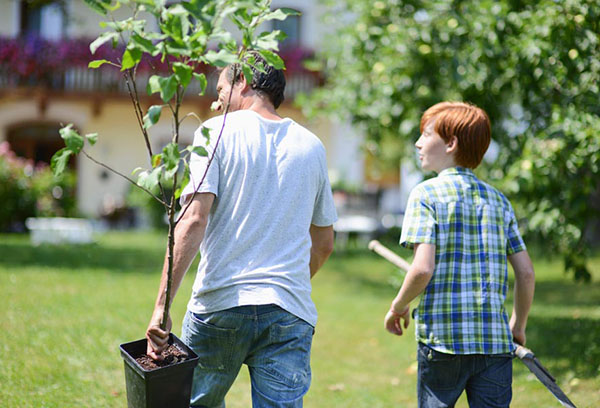
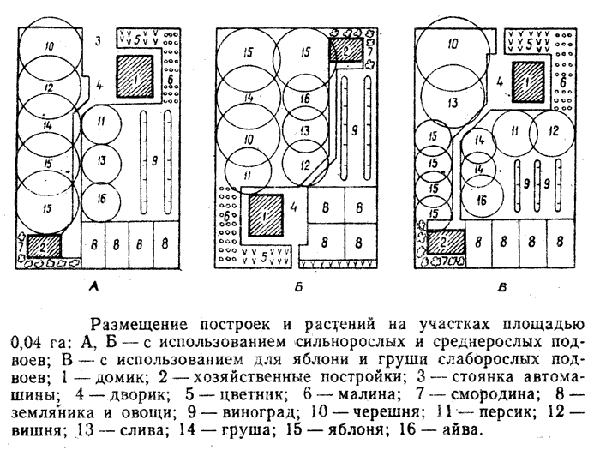
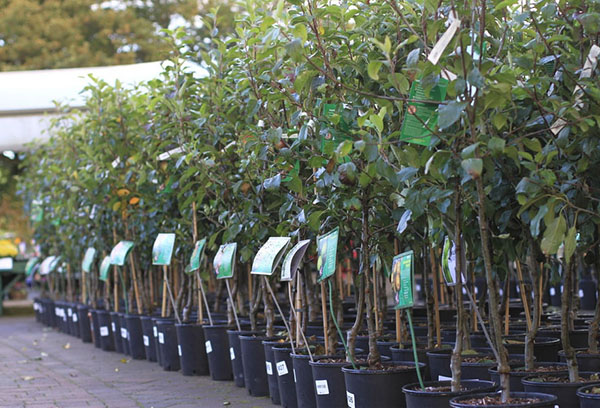
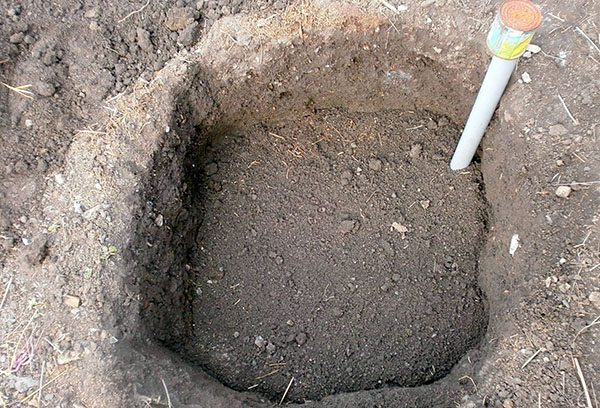
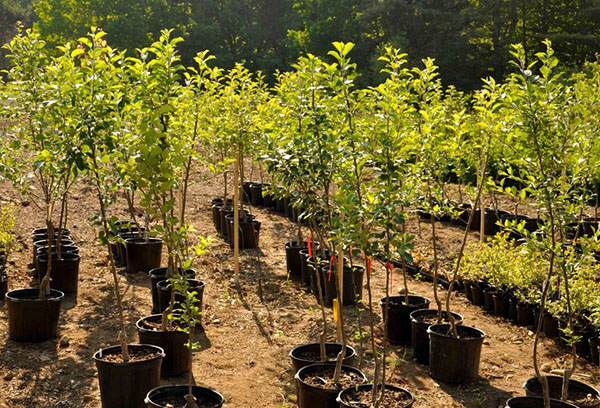
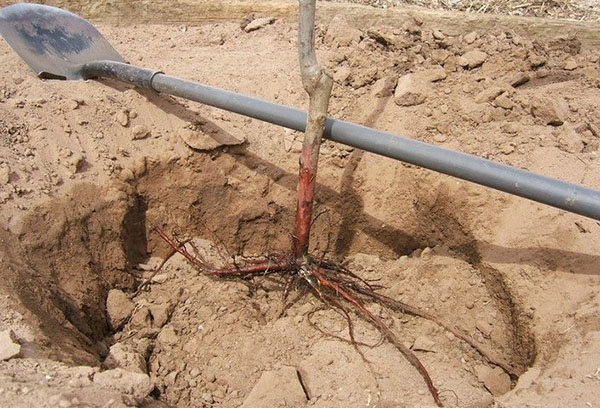
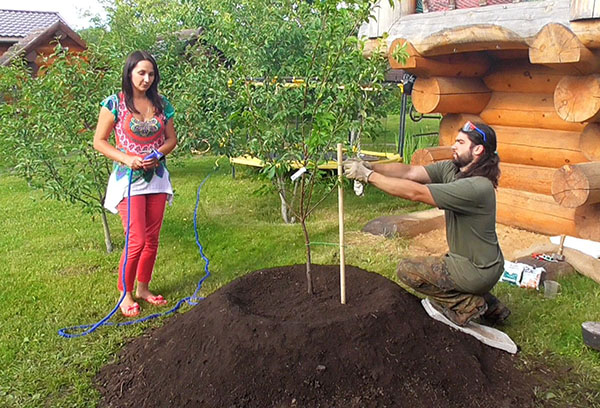
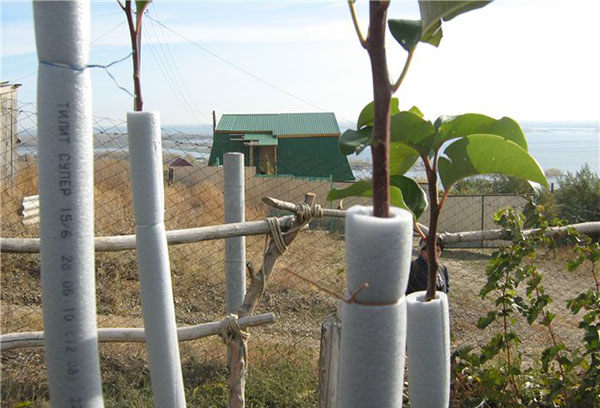
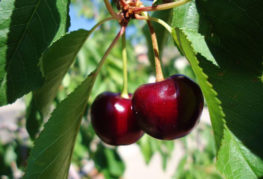
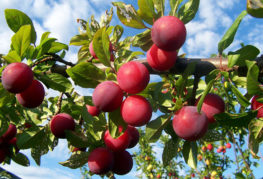
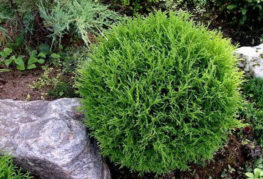

and will be published shortly.